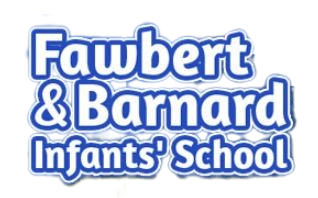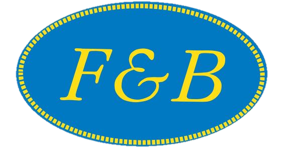What 'Read Write Inc' looks like at F&B
The initial teaching of reading and writing is taught through the Read, Write, Inc. (RWI) Phonics programme, where children learn the underpinning skills to be able to decode to read and segment to write. To ensure consistent coverage across the school, children begin this journey at the earliest opportunity in Nursery (or Reception if that is when they join us) and continue on the programme until they have achieved proficiency in reading and writing. We deliver high quality teaching through tightly-structured, small-steps that are progressive throughout the lesson, the week and through the groups. RWI is taught cumulatively with the aid of simple, clear resources that are familiar to children (Oxford University Press).
Every RWI lesson begins with the teaching of a new sound alongside recapping sounds that have already been taught. This overlearning is essential in enabling children to recall and use their sound knowledge confidently within their reading and writing. They learn how to read the new sound and previously learnt sounds within real, nonsense and multi-syllabic words. Children then learn how to spell using the new sound, as well as practise spelling with previously learnt sounds, again providing spaced repetition to allow for overlearning to take place. Children are similarly taught sounds and words from a book that they work on for a number of days, depending on their grouping and level of learning. They engage in ‘partner practise’ to teach each other the sounds and words from the book. The teaching of reading is systematic as the books that children read within our RWI lessons match the children’s phonic knowledge (Education inspection framework, 2019).
Teachers read the book to enable children to hear confident, fluent and expressive reading. Children will read the book at least three times: once for decoding, once for fluency and finally once for comprehension, so they learn to read with confidence, expression and fluency and develop a solid understanding of what they have read (Oxford University Press). The comprehension activities that are taught throughout the week teach children to accurately retrieve and infer from the text alongside developing their reasoning and explanation skills when giving their opinions and predictions. The definition of unfamiliar vocabulary is explicitly taught at word level so that children gain a better understanding of the text.
Within RWI, children learn to compose sentences that are grammatically correct. They use the book as a stimulus for their writing and will write a combination of dictated sentences as well as learning the skills to create their own sentences/piece of writing. The teaching of writing is progressive and children will be expected to continually build on their prior learning. The teacher models and marks the writing elements of the lesson with the children to enable them to identify and correct their own errors.
The structure of each lesson is the same every day. Therefore, children are familiar with the routine; freeing children’s working memory and allowing for the focus to be on the new learning that is taking place. As RWI ensures that the teaching of phonics, reading and writing is progressive the lessons will look slightly different across the groups, ensuring the pupils read books containing sounds that they are confident in reading (Oxford University Press). However, lessons will build cumulatively on knowledge that children have learnt as they move through the book levels and groups. (School inspection handbook, 2019).

